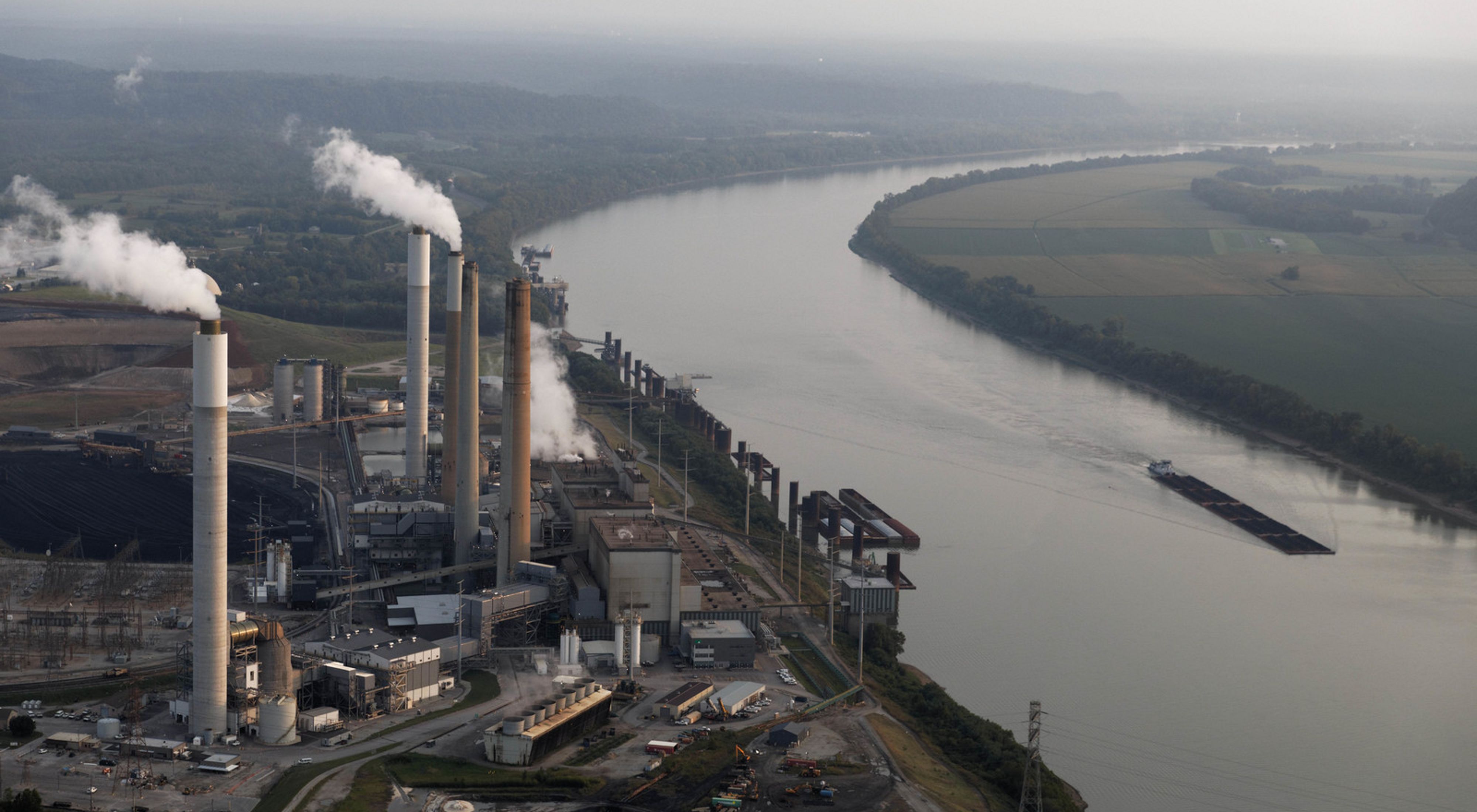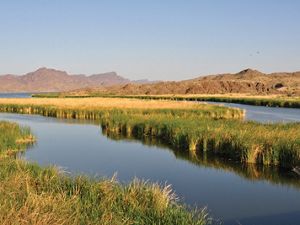The Trump administration recently released its proposal to significantly change the way federal agencies implement the National Environmental Policy Act, or NEPA. Brent Keith, a senior policy advisor with TNC, talks about the importance of this foundational environmental law to our work in the United States and how the administration’s proposed changes would impact NEPA.
What is NEPA, and why does it matter?
The National Environmental Policy Act is one of a suite of foundational environmental laws adopted over the last five decades in the United States that has dramatically improved the health and quality of our natural world.
But while laws like the Clean Air Act and Clean Water Act have a specific focus, at its most fundamental level NEPA is about making better, more informed and transparent decisions. It helps ensure the government considers potential environmental, social and economic effects of major federal actions ranging from infrastructure projects like new pipelines and roads to adding new acres to protected lands like federal wildlife refuges.
It doesn’t require specific outcomes but ensures that the federal government considers the impacts of a project and possible alternatives and involves the public before approving it. In short, it requires federal agencies to look before they leap.
Why is NEPA important to The Nature Conservancy?
NEPA touches down all over our work, including on projects like forest restoration, reconnecting floodplains, expanding the use of natural infrastructure and planning for renewable energy development. Since our mission is to conserve the lands and waters on which all life depends, every bit of harm to our natural resources that the NEPA process helps avoid, minimize or compensate for advances our mission.
For example, in 2012 as interest grew to develop solar energy on public lands, we engaged with the Department of the Interior’s NEPA process on the best way to accelerate project review and approval. The resulting Western Solar Plan identifies zones for solar energy development that would also have minimum environmental, social and economic impact. At least three large-scale solar projects were approved under the plan, and the approval time for these projects was cut by more than half while landscapes with high conservation value remained intact and undeveloped.
And in the wake of megafires impacting Arizona’s forests, The Nature Conservancy partnered with the U.S. Forest Service to take on a massive forest restoration project. Spanning multiple national forests, we collaborated with the agency other parties through the NEPA process on a plan to both improve the resilience of those forests and develop local markets for wood products that benefit local economies.
These are just two examples of the power and effectiveness of the NEPA process to not only help avoid or minimize adverse impacts from these projects, but also keep us from having to make a false choice between people and nature.
How will the Trump administration’s recently proposed changes to NEPA affect environmental protections in the United States?
As we said in our initial statement, the administration’s proposal moves NEPA away from its mission. Specifically, we have concerns with proposed changes that would limit the scope of impacts that federal agencies would need to consider and other changes that seem to be focused solely on making faster decisions without maintaining or enhancing the quality of those decisions. Changes like these will neither improve the process nor maintain strong environmental safeguards under NEPA.
What is the right path forward for NEPA?
We know and have experienced firsthand some of the challenges in complying with NEPA. That is why in 2018 when the Trump administration first proposed making changes to how the federal government implements NEPA, we made several suggestions for ways to improve the process while upholding or strengthening the act’s underlying safeguards.
Some of the recommendations we’ve shared with the administration — including in March 2020 — include improving the enforcement of existing NEPA regulations, enhancing cross-agency collaboration, using technology to expand access to environmental analyses and adequately funding agencies to staff and support NEPA review work.



